
All categories
Featured selections
Trade Assurance
Buyer Central
Help Center
Get the app
Become a supplier

(451 products available)







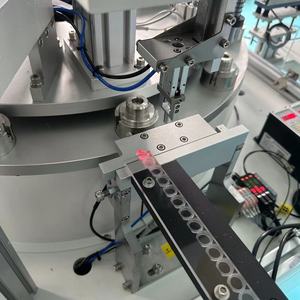

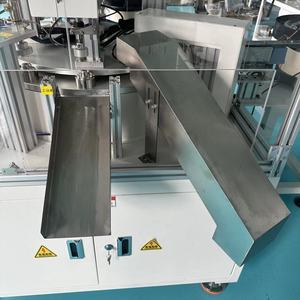

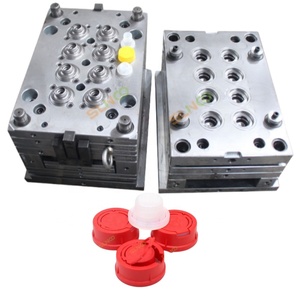



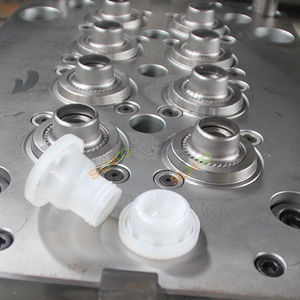
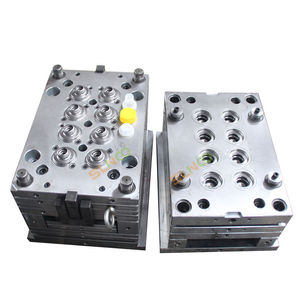


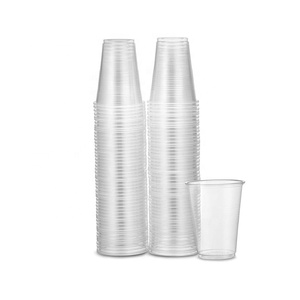


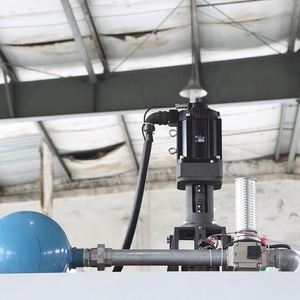
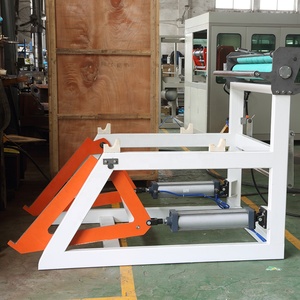

caps compression moulding machine play a crucial role in the industrial machinery sector, specifically within the realm of packaging machines. As a vital component of production lines, they are designed to streamline the process of sealing containers with lids or caps, ensuring that products are securely packaged for distribution and sale. These machines are engineered to handle a wide variety of container types, including bottles, jars, and tubes, across diverse industries such as food and beverage, pharmaceuticals, cosmetics, and chemicals. The efficiency and precision provided by caps compression moulding machine significantly enhance productivity and reduce labor costs, making them an indispensable asset in modern manufacturing environments.
There is a range of caps compression moulding machine available to suit different packaging requirements and production scales. Automatic capping machines are ideal for high-volume operations, capable of handling thousands of containers per hour with minimal human intervention. Semi-automatic machines, on the other hand, require some manual input but offer flexibility for smaller production runs. There are also specialized caps compression moulding machine designed for specific cap types, such as screw caps, snap-on caps, and crimp caps. Each type of machine is tailored to meet particular industry needs, ensuring that the capping process is as efficient and effective as possible.
caps compression moulding machine are equipped with a variety of functions and features that optimize their performance. Many machines can automatically sort and feed caps onto containers, significantly reducing the need for manual handling. They are often adjustable to accommodate different container sizes and shapes, providing versatility to manufacturers. Some advanced caps compression moulding machine include torque control systems, ensuring that caps are tightened to the precise specifications required for product safety and integrity. Additionally, these machines are generally constructed from durable materials like stainless steel, ensuring longevity and resistance to corrosion, which is essential in environments with high sanitation standards.
The construction of caps compression moulding machine involves the use of robust materials to withstand the rigors of industrial use. Stainless steel is commonly used due to its durability and ease of cleaning, which is crucial in maintaining hygiene standards, especially in food and pharmaceutical industries. Other components may include high-grade aluminum and reinforced plastics, which contribute to the machine’s longevity and reliability. The choice of materials not only affects the machine's lifespan but also its maintenance requirements, as high-quality materials typically require less frequent servicing, thus reducing downtime and operational costs.
To maximize the benefits of caps compression moulding machine , it is important to understand their operation and maintenance. Operators should be trained to adjust machine settings according to the type of container and cap being used. Regular maintenance checks are vital to ensure that all components are functioning correctly and to prevent unexpected breakdowns. It is also beneficial to keep a record of machine performance to identify any recurring issues that may need addressing. Effective use of caps compression moulding machine not only ensures consistent product quality but also enhances overall production efficiency and reduces waste, contributing to a more sustainable manufacturing process.
When selecting caps compression moulding machine for your production line, several factors should be taken into account to ensure optimal performance and efficiency. Firstly, consider the type of containers and caps you will be using. Different machines are designed to handle specific cap types, such as screw caps or snap-on caps, so it is crucial to match the machine capabilities with your packaging needs. Additionally, the production volume is another important consideration. High-speed caps compression moulding machine are suitable for large-scale operations, while semi-automatic models may be more appropriate for smaller production runs.
Another aspect to consider is the level of automation you require. Fully automatic caps compression moulding machine offer convenience and high throughput with minimal human intervention, but they can be more expensive and complex to operate. Semi-automatic machines, on the other hand, provide more flexibility and can be a cost-effective solution for businesses with variable production demands. Assessing the space available in your facility is also important, as some machines may have larger footprints than others. Ultimately, the right choice will depend on your specific operational requirements and budget constraints.
Automatic caps compression moulding machine are designed to operate with little to no human intervention, making them ideal for high-volume production environments. They can handle large quantities of containers quickly and efficiently. Semi-automatic machines, however, require some manual input, such as placing caps onto containers or adjusting settings for different production runs. This makes them more suitable for smaller operations or when flexibility is needed.
Maintaining the efficiency of caps compression moulding machine involves regular inspections and cleaning to prevent any build-up of residue that could affect performance. Lubricating moving parts and replacing worn components are essential to ensure smooth operation. Keeping a maintenance log can help track the performance and identify any recurring issues that need addressing.
Many caps compression moulding machine are designed to be adjustable, allowing them to accommodate various container sizes and shapes. This versatility is achieved through adjustable guides and settings that can be modified to meet different packaging requirements. However, it is important to verify the machine's specifications to ensure compatibility with your specific containers.
When evaluating caps compression moulding machine , safety features are an important consideration. Look for machines equipped with emergency stop buttons, safety guards, and interlocks that prevent operation when covers are open. These features help protect operators from potential hazards and ensure safe operation in the workplace.
Improving the precision of the capping process can be achieved by using advanced caps compression moulding machine with torque control systems that ensure caps are tightened to the exact specifications. Regular calibration and maintenance of the machine also play a crucial role in maintaining high precision levels. Additionally, training operators on best practices and machine settings can further enhance the accuracy of the capping process.